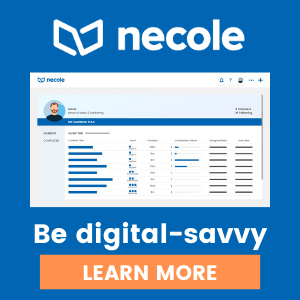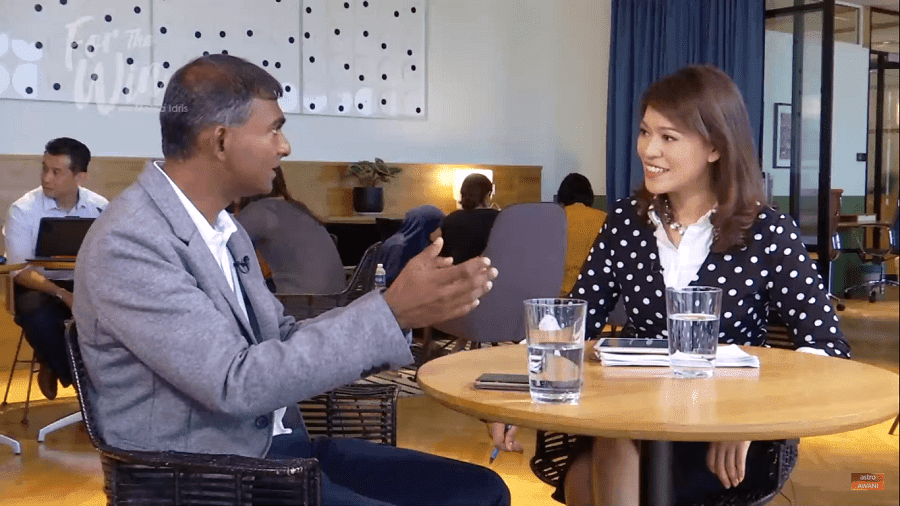Which Comes First, Tasks Or People?

Some juggling seems to always be required at work. One long standing debate has centred around this question: Should tasks be the priority or do people come first?
The agility to switch between the two at different times is the key to effective management. And most often, it’s the managerial species that is usually faced with this decision of balance.
Peter Drucker – management guru extraordinaire – describes the manager’s job as five basic tasks:
- Setting objectives
The manager sets goals for the group, and decides what work needs to be done to meet those goals. - Organising
The manager divides the work into manageable activities, and selects people to accomplish the tasks that need to be done. - Motivating and communicating
The manager creates a team out of his/her people through decisions on pay, placement, promotion, and through his communication with the team. Drucker also referred to this as the “integrating” function of the manager. - Measuring
The manager establishes appropriate targets and yardsticks, and analyses, appraises and interprets performance. - Developing people
With the rise of the knowledge worker, this task has taken on added importance. In a knowledge economy, people are the company’s most important asset, and it is up to the manager to develop that asset.
Related post: Raise Your Game: Relationship-Oriented vs Task-Oriented At The Workplace
Situational decision-making
If we take Drucker’s definition as our basis of discussion, the issue of placing either task or people at the forefront of the process is a debate that runs through each of the five roles that the manager has to accomplish.
You want to set objectives? That’s a task that you are setting using a process for people, so you naturally need to have a people-centred mindset when you are developing the task objectives.
This perplexing conundrum doesn’t have to be an either/or decision. The best way to approach it is situational decision-making. Ask yourself when the task should take precedence over the human element and vice versa.
But importantly – how do you decide? What indicators are there to guide the decision making when you actually need to make a choice? Questions, questions and more questions, but leadership is easy – said no one.
Denise Moreland, in her book Management Culture shares her thoughts:
“To make a decision, all you need is authority. To make a good decision, you also need knowledge, experience, and insight.”
Here’s an example taken from the McKinsey series of interviews with CEOs on “Leading in the 21st Century”.
“Hertz has nearly 41,000 employees and more than 10,000 locations worldwide. How do you balance the need to think strategically with the challenges of running such a logistically complex business?” This was the question posed to the CEO of Hertz, Mark Frissora.
“I often hear people say, ‘As a CEO, you can’t get too involved in the day-to-day operations of your business. That’s micromanaging’. My response is, ‘I have to get “too involved” in the business because I’m setting the strategy. If I don’t understand the business, then I’m a poor manager and I’ve failed as a leader.’”
“It’s critical that leaders spend a lot of time where the work actually gets done – that they get into the guts of the business and see what happens there.”
“The further down the chain you go, the easier it is to see how your strategy might not work the way you’d intended. You always walk away with a new insight or a new opportunity.”
Frissora has captured succinctly what a leader needs to do strategically and tactically to balance both people and task requirements. But it’s never that easy, is it?
Task-first
We need to start understanding that processes are in place, or rather, should be in place, as an enabler for more productive work to be done as opposed to being a hindrance.
Very often, we have legacy processes in place that have outlived their usefulness. How frequently does your organisation take stock of its ongoing processes and fine tune them to meet current needs?
Question: “Why are you doing it this way”?
Answer: (The worst thing to hear is always) “I don’t know, it has always been this way!”
If you are the sort of person who sees your primary role as someone who actively defines the work and the roles required whilst building structures and plans, then we can assume you fall into the task-first category. Is this a problem? Not at all.
Marcus Buckingham in his book First, Break All The Rules states:
“A manager must be able to do four activities extremely well: select a person, set expectations, motivate the person, develop the person.”
“These four activities are the manager’s most important responsibilities. You might have all of the vision, charisma, and intelligence in the world, but if you cannot perform these four activities well, you will never excel as a manager.”
Great leaders and managers always seem to have a clear focus on the end goal and the best ones always have clarity on the pathway that will lead to greatness.
For me, that would mean building a framework of a direction to head towards, and then getting out of the way and letting your team do it with their own unique talents.
By trusting and believing in the talents of your people, you help them achieve their full potential in the pursuit of the clearly defined outcome. That, is the perfect combination of task and people that we should all be aiming for.
People-first
A people-focused management style is usually described as when more focus is put into relationships, the well-being and motivation of employees, and ensuring the right workplace atmosphere.
Contrary to what some of the more hardened process-heads out there might be thinking, a people-focused approach isn’t necessarily a weakness or an airy-fairy mushy side of management best left to HR.
It requires conscious and focused effort on attracting and hiring the right sort of people to contribute to your organisation whilst concurrently building the right sort of culture that encourages and drives productivity.
John C. Bogle, founder of The Vanguard Group in 1974 under whose leadership the company grew to be the second largest mutual fund company in the world at that time, shares this anecdote in his book Enough: True Measures of Money, Business, and Life:
“As I have earlier noted, the most important things in life and in business can’t be measured.”
“The trite bromide ‘If you can measure it, you can manage it’ has been a hindrance in the building a great real-world organisation, just as it has been a hindrance in evaluating the real-world economy. It is character, not numbers, that make the world go ‘round. How can we possibly measure the qualities of human existence that give our lives and careers meaning?”
“Tell me, please, if you can, how to value friendship, cooperation, dedication, and spirit. Categorically, the firm that ignores the intangible qualities that the human beings who are our colleagues bring to their careers will never build a great workforce or a great organisation.”
People-focused leaders seem to follow the motto of “hire good people and the work will get done”.
Jim Collins made a case for this in his Good to Great so I won’t go into the details. Whichever way, the key word here is “complementary”. Task and people are interlinked complements and having to take only one route is probably the route to failure.
Being either task- or people-oriented will not usually be the best solution for a leader; you would need to be able to distinguish the situations where discipline of process and robustness of task achievements are needed and when a more people focused approach is needed.
>Leadership tends to become “softer” as you go higher up the pyramid. The higher up the leader is, the more it is about managing and inspiring the people to get the processes done right.But this can only be achieved if the leader has the discipline and depth of knowledge to ensure the processes and tasks that are being executed are aligned to strategy. So figure out how to integrate the two approaches.
Keep in mind this simple yet profound quote by Scott Adams in God’s Debris: A Thought Experiment:
“You can change only what people know, not what they do.”
Have in place the clarity of task and then go about informing the process through engagement with your team.
Here’s the challenge – aim to become a “people-focused task manager”. After all, leadership is all about focusing on the right things at the right time. If you are interested in accelerating your team’s learning capacity, get in touch with Leaderonomics at info@leaderonomics.com. For great videos of great leaders, click here.
Leadership






